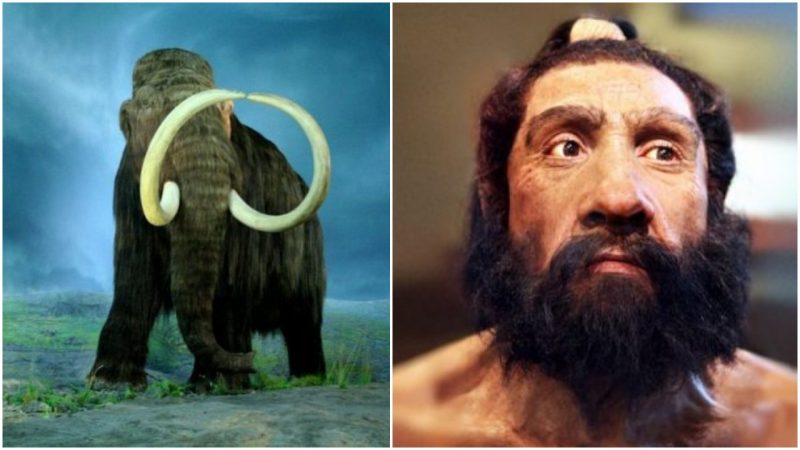One pursued the other through the glacial hunting ground of a European Ice Age. However new DNA research shows Neanderthals and woolly mammoths have more in common than previously thought.
A fresh genetic link has been revealed, indicating factors such as fat storage, increased hair/skin growth and heat generation were regulated by the same types of DNA. Conducted by Prof. Ran Barkai and Meidad Kislev of Tel-Aviv University and published in the journal Human Biology, this investigation explored “molecular resemblance” between these natural opponents.
They state the two species “were direct descendants of African ancestors, although both fully evolved and adapted in Europe during the Middle Pleistocene.” The Pleistocene epoch (particular period) is another word for Ice Age and is thought to have taken place 2,588,000 to 11,700 years ago.
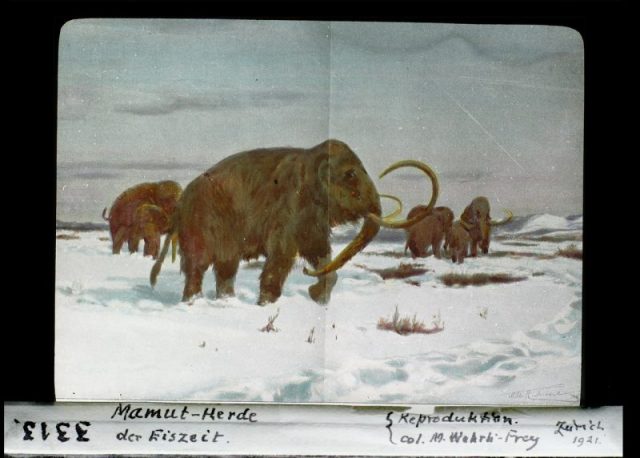
Several Ice Ages have occurred, creating extreme situations where temperatures plunge and glaciers dominate. The Neanderthal, whose existence was first properly established in 1856, is believed to have migrated to Europe from Africa around 500,000 years ago (incidentally, the same timeframe is applied to mammoths).
The Natural History Museum says characteristics like their “short, stocky physiques” enabled them to cope with the cold. The “bulky trunk, in addition to their short lower leg and lower arm bones, gave Neanderthals proportions that would have minimised the skin’s surface area, presumably to conserve heat under the predominantly colder conditions of the last 200,000 years.”
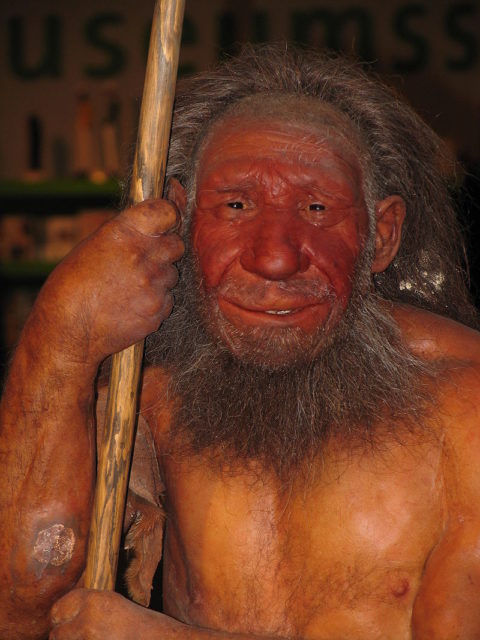
Woolly mammoth fossils were first discovered in Siberia, in 1806. They certainly weren’t short and stocky, with a height of approximately 13 feet (4 m). In 2016 Live Science reported on the findings of a team from the University of Manitoba, who believed “The woolly mammoth’s survival in much colder climates is credited… to small genetic mutations that may have changed the way oxygen was delivered by its blood that could have kept them warmer.”
Neanderthals and woolly mammoths are thought to have shared the same habitat for thousands of years. Despite their status as part of ancient history, a surprising level of accessibility has proved invaluable to modern day researchers.
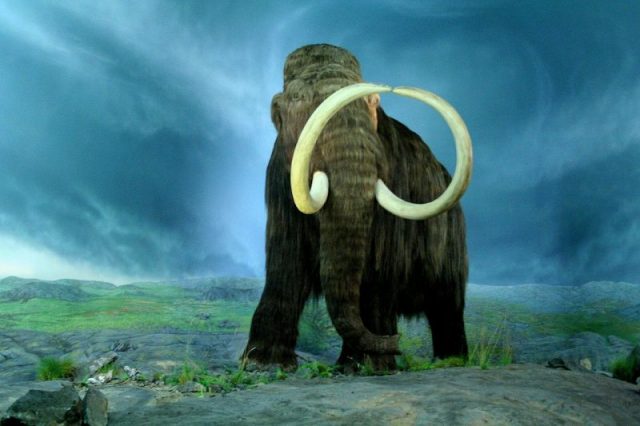
The Natural History Museum website says about Neanderthals that “Many thousands of their artifacts and fossils have been found, including several nearly complete skeletons,” adding that “We also know about their genetic make-up, as several Neanderthal genomes have now been reconstructed from ancient DNA obtained from their fossils.”
Meanwhile, those frozen conditions have proved exceptionally helpful for eager mammoth experts. The Daily Mail writes that “They are one of the best understood prehistoric animals known to science because their remains are often not fossilized but frozen and preserved.”
Related Video: How Neanderthal Genes Shape The Way You Look
https://youtu.be/Ng7_ZUcCEkI
The pair had a less than friendly attitude toward each other, yet in a perverse way, this helped their evolution. In the case of Neanderthals, consuming mammoth flesh was more than just a nutritious meal.
Prof. Barkai is quoted by the Mail saying “evidence suggests that Neanderthals… were actually physically dependent on calories extracted from mammoths for their successful adaptation… they ate mammoths but were apparently also genetically similar to mammoths.”

Every great species has its end, though speculation is rife on what exactly happened to trigger their downfall. Climate is seen as a culprit, but a more sobering thought is the arrival of Earth’s most imposing species… modern humans.
The Natural History Museum ponders, “Perhaps Neanderthals were unable to cope with competition for resources from incoming groups of Homo sapiens… Their disappearance may have been staggered, suggesting that they were replaced by early modern humans as a result of local population extinctions, rather than being quickly overrun.”
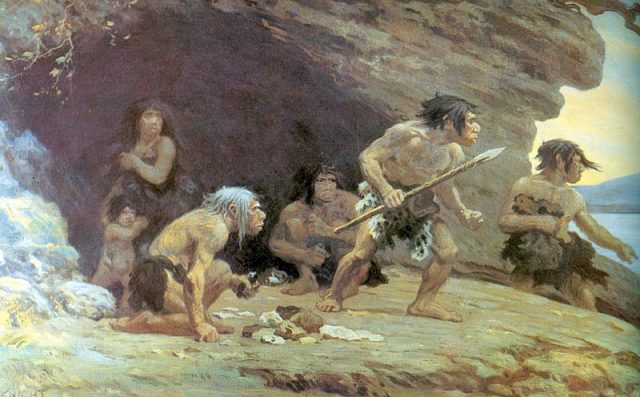
As for woolly mammoths, History.com writes, “Humans developed significantly during the most recent glaciation period, emerging as the dominant land animal afterward as megafauna such as the wooly mammoth went extinct.” That being said, the story behind either’s demise is ambiguous and other aspects such as disease should be taken into account.
Read another story from us: New Species of Ancient Humans Uncovered in the Philippines
The findings of the team at Tel-Aviv bring these long-standing questions ever closer to definitive and fascinating answers.
